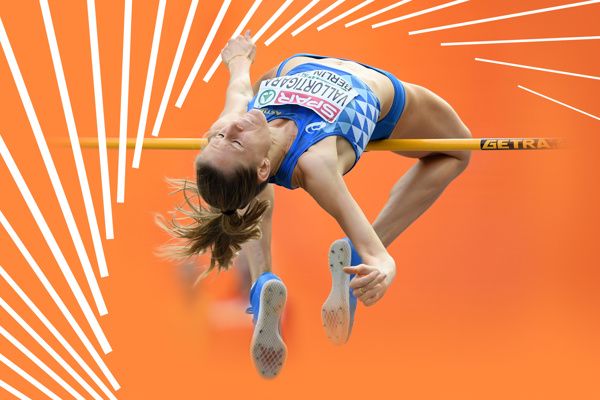Runners in the Hakone Ekiden (© Rikujojieitai Boueisho/Creative Commons)
Interested in all things Japanese ahead of next summer’s Tokyo Olympics? Want to know why Japan’s distance runners are so fast? Then you might want to have a go at an ekiden, Japan’s cultural icon of the running world which turns solitary running into the most gripping of team sports.
And you’re in luck because the world’s first virtual ekiden, the Asics World Ekiden 2020, gets under way next Wednesday, 11 November. You can enter here.
The word ‘ekiden’ has two Japanese characters, eki (駅), meaning station and den (伝), to convey. In other words, conveying from station to station, or a relay. It comes from the form of transport used in olden times, and the first ekiden road relay was held in Japan in 1917.
The standard form of an ekiden covers the marathon distance, 42.195km, run by six team members covering a variety of distances between 5km and 10km. But there are many other formats, perhaps the most famous being the epic Hakone Ekiden from central Tokyo to near Mt Fuji and back, in which male undergraduate students run legs of around 20km. And there are ekidens for all ages and abilities throughout Japan, from small children to veteran runners and elite athletes.
The All-Japan Interprefectural Ekiden has teams competing from Japan’s 47 prefectures (regions) which are a mix of middle and high school children plus university and elite athletes. Just imagine if you were a child who likes running, and your teammate was one of Japan’s many world or Olympic medallists?!
The team element is what gives ekidens their magic. You cover the iconic marathon distance (or a similarly long distance) between you and your teammates. There are legs that are short and fast, and legs that suit the marathon runners. And the thing that bonds you all, the tasuki or sash, which gets passed from runner to runner, travels the entire distance thanks to every member’s efforts.
I ran in the Chiba and Yokohama International Ekidens in the noughties, both sadly now discontinued. The atmosphere along the streets was just incredible! Combining the excitement of the marathon distance with a team competition gave it a unique feel.
Distance running can be a solitary sport, but not when you’re wearing the tasuki. Somehow the wish not to let down your teammates and the urge to run your absolute best for them, really lifts your performance (especially if you’re on live TV!).
Ekidens are partly to thank for Japan’s formidable record in distance running. Every school, prefecture, or corporate team has to produce not just one or two good runners but at least six, and ideally more to be good at ekidens. Depth in your team is essential, and the slower members of the team are as important as the faster ones. If you’ve spent your childhood running for your team rather than just yourself, you’ll acquire all sorts of useful life skills along the way, like looking out for your teammates and working towards a bigger goal.
Let’s hope that ‘normal’ road running events, including ekidens, can return fully soon, but in the meantime, do give the virtual Asics World Ekiden 2020 a try.
As they say in Japan, Gambare! 頑張れ!
Mara Yamauchi for World Athletics







